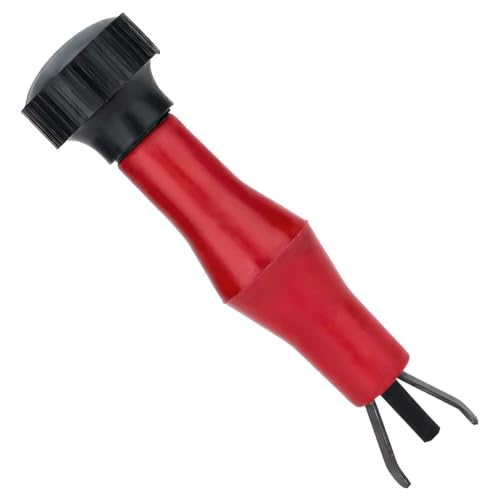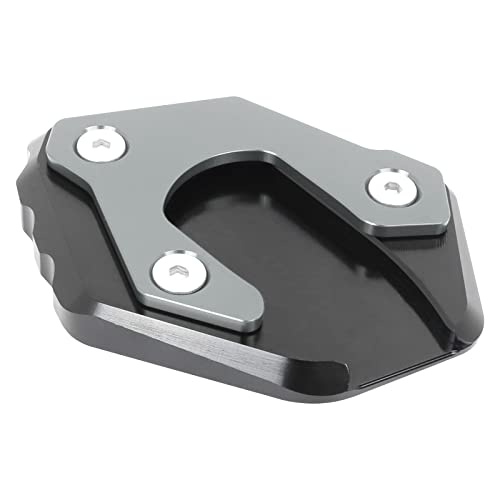I'm too old to see the numbers on my analog speedometer on my 2008 FJR1300AE without reading glasses.Does anyone know if a digital speedometer from a 2014 model FJR works if swapped with the analog one on my 2008?
Connector/wiring issues?
Thanks
Only one way to find out!

But I'm guessing you can't just swap it out. The Gen 3 clusters had a menu system built in with different controls. But with the wiring diagrams, I bet you could come up with something if you're so inclined. It'd be easier to buy the Gen 3 cluster with the rest of the bike attached though.
I used to design software for snowmobile, motorcycle, atv, etc. gauges. Arctic Cat was my big customer. We had an analog gauge which was deemed too expensive and reserved for their higher end models. We made a low-cost version that was just an LCD. The had a huge demand for those gauges. People were swapping the analog one for the low cost one because they assumed it was better and more high tech because it was digital.
Don't understand why the designers build in so much speedo error?
They obviously care much more about odo accuracy.
I assume the same data input drives both meters.
One wonders about the accuracy of the tach? Are they playing games with engine speed too?
With the gear ratios and rear tire circumference one should be able to relate speed and rpm. But, which meter do you trust?
There are a few issues at play when it comes to speed / odometer accuracy. First, they come from the same signal. The ABS senses pulses and there are a certain number of pulses per mile. Counting pulses is easy. Get over the pulse per mile setting and increment the odometer by 1. Measuring the time between pulses is more difficult. The microprocessor can detect these pulses at a certain resolution. The tradeoff is the higher resolution means the less time you have to sample those pulses. That makes your sample size at slower speed much smaller. It also doesn't produce a good user experience because the speed would jump around all the time. That pulse signal is also not clean. There are transients and spikes that can register as pulses causing speed to read higher.
The second issue is cost. You can get an 8-bit micro for pennies vs a 32 bit micro that for dollars. In the automotive world, that's a no brainer. There's a saturation factor too where you could have Watson on your bike, but if your signal isn't perfect, you're not getting anything better. Garbage In, Garbage out. Things like Speedo Healers just condition that signal to read 5% slower or whatever you configure it to. It isn't fixing the signal, it is just compensating for your bike. That's something that differs from bike to bike.
The last thing, and maybe the biggest reason, is legality. Odometer is a legal measurement and it's better to be high than low. In fact, it is illegal to be low. Most instruments have a spec of +/- 5-10%.. Odometer accuracy has a 0% - 2% of scale requirement. That means if the scale of your odometer is 100,000 miles, your accuracy can be off by 2,000 miles at any point and be considered within spec. The FJR could be off by a factor of 20,000 miles and still be in spec. We always tried to be as accurate as possible, but being low on odometer was unforgivable. On larger vehicles (RVs, firetrucks, etc) the odometer is broadcast by the engine. The engine manufacturers prohibited us from just displaying that value. It was grounds for a lawsuit that we would most definitely lose. Our workaround was taking the difference between the current message and the previous message and adding that to our own odometer count.
TL;DR - Swapping out clusters is likely not possible without a lot of work and understanding of the electronics. Speedos are inaccurate high because odometers can't read low.































































